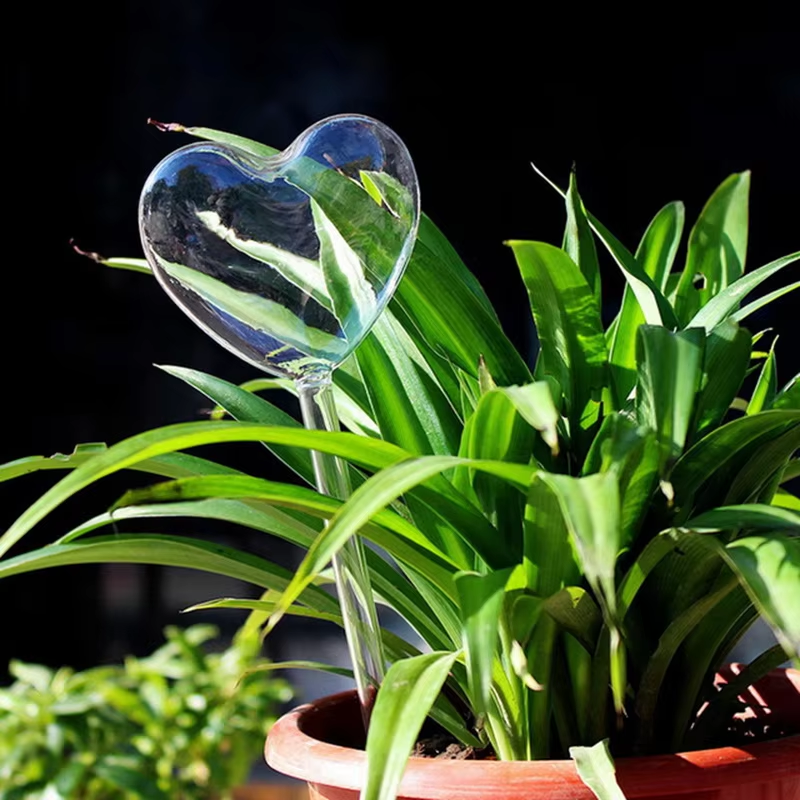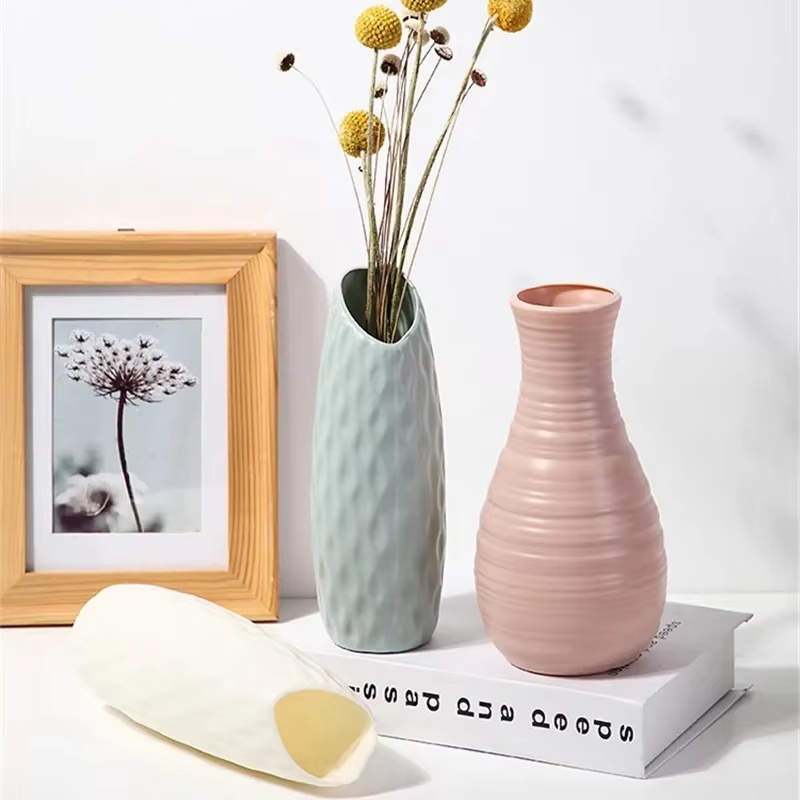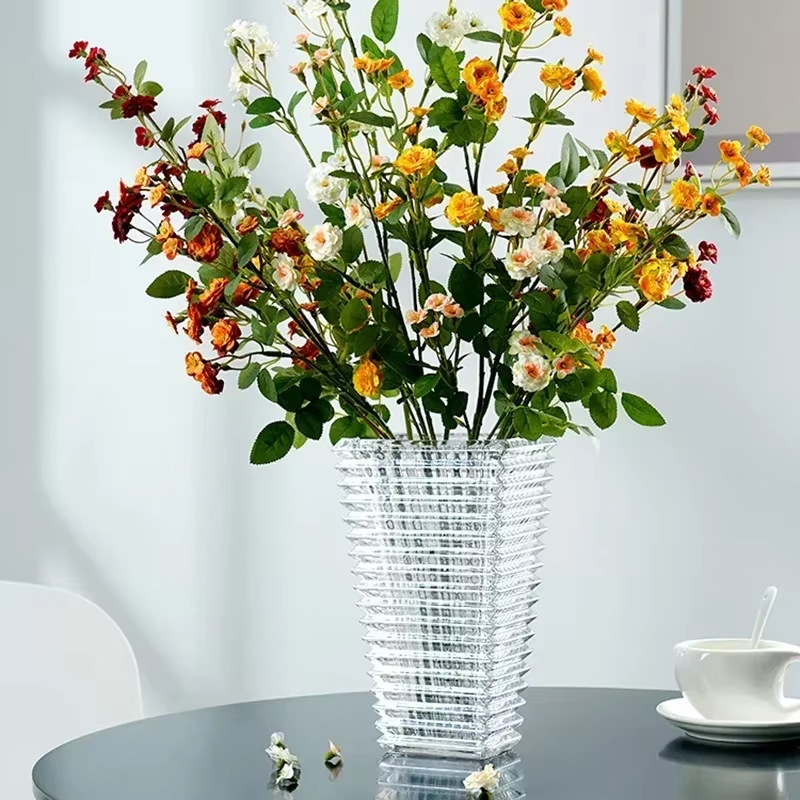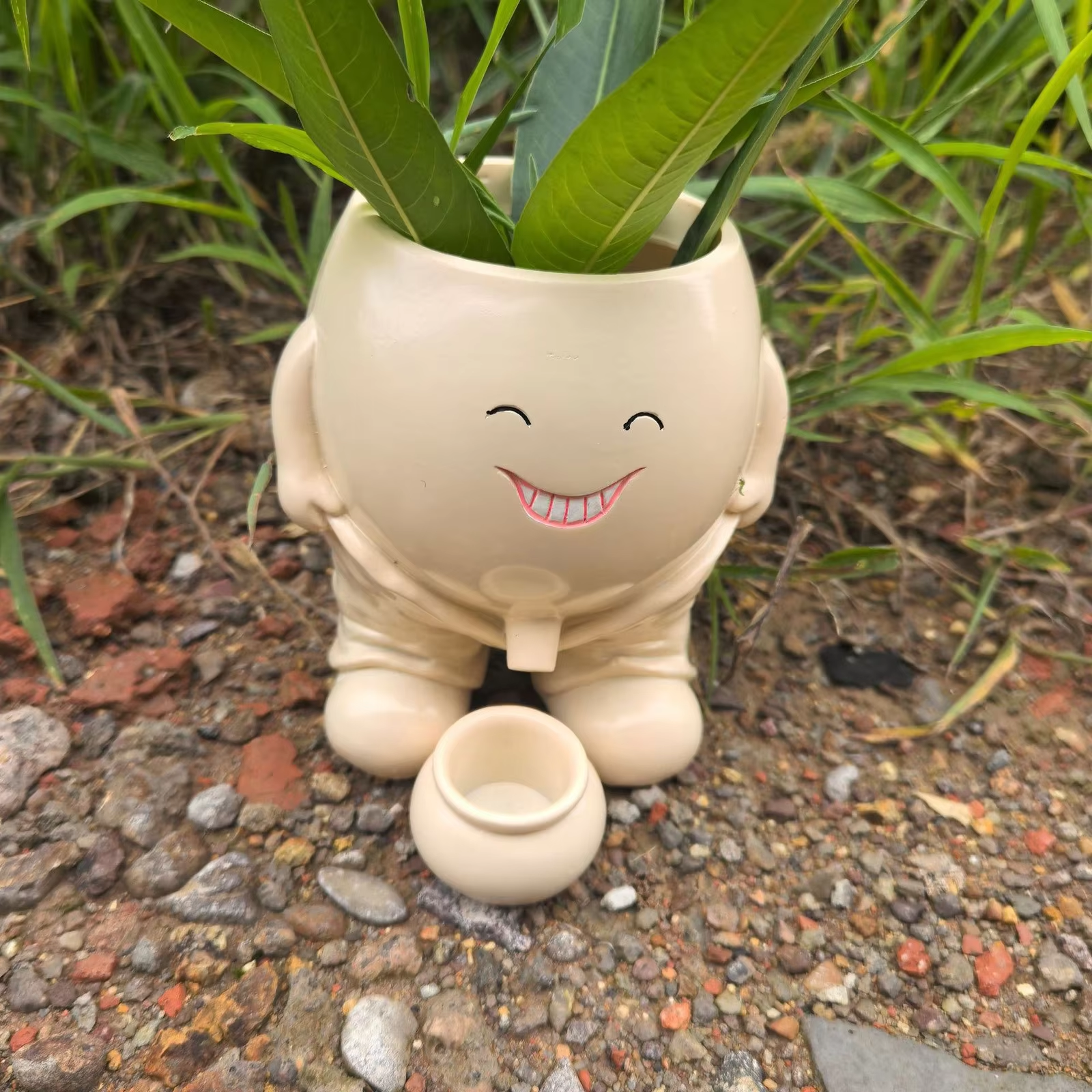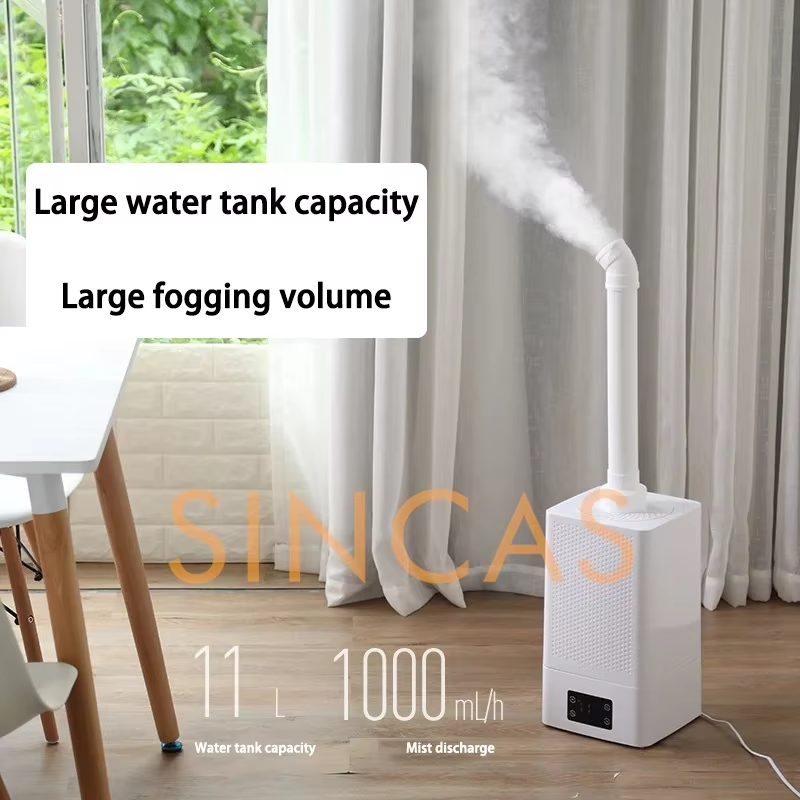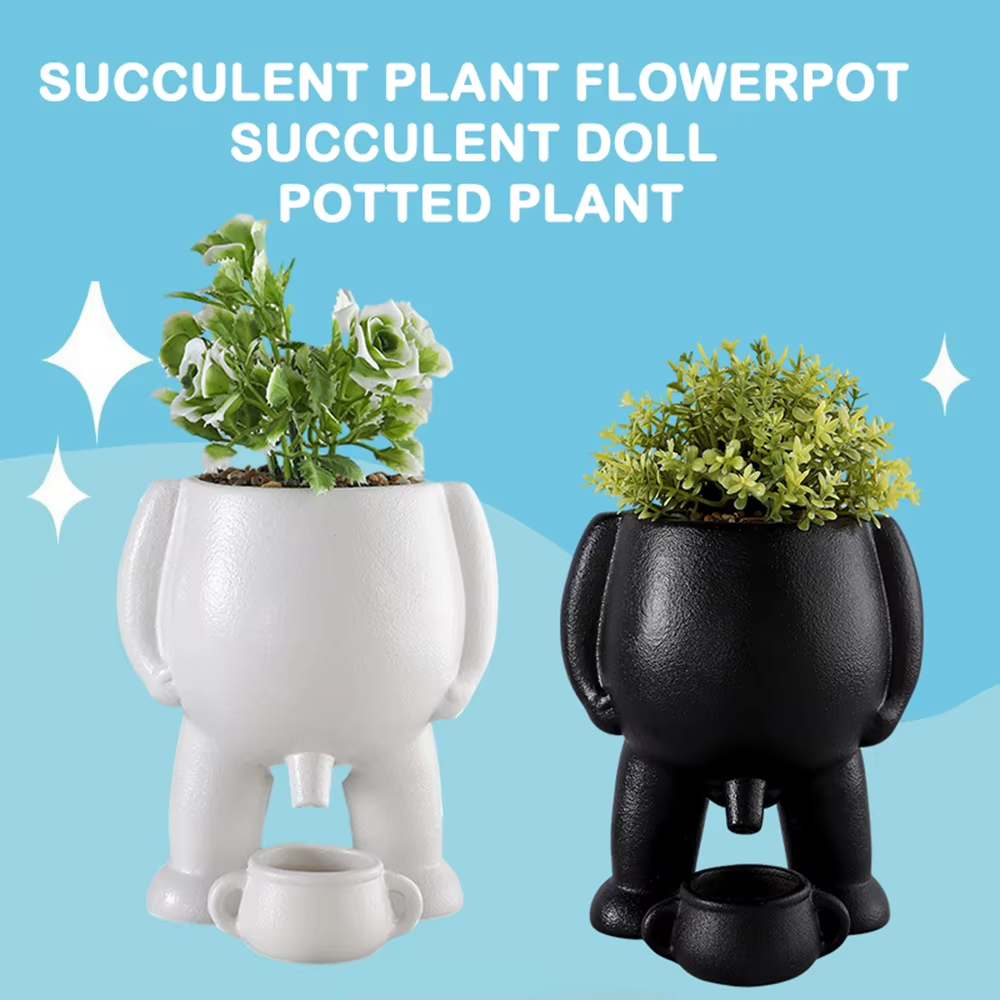Air-Purifying Houseplants: Nature’s Best Filters
Air-Purifying Houseplants: Nature’s Best Filters can bring many benefits to the air quality in your home. These plants not only beautify your space but also serve as natural filters that purify the air and improve indoor health. In this article, we will explore the different types of plants that can enhance air quality and their other benefits.
Our website, planting.suarasekitar.com, provides information on Air-Purifying Houseplants: Nature’s Best Filters. We offer various articles discussing effective air-purifying plants, care tips, and advice on maintaining a clean and healthy indoor environment. Learn more about plants that are not only beautiful but also beneficial for your home. For a decorative touch, we recommend the Nordic Decorative Vase Home that’s perfect for displaying your favorite plants.
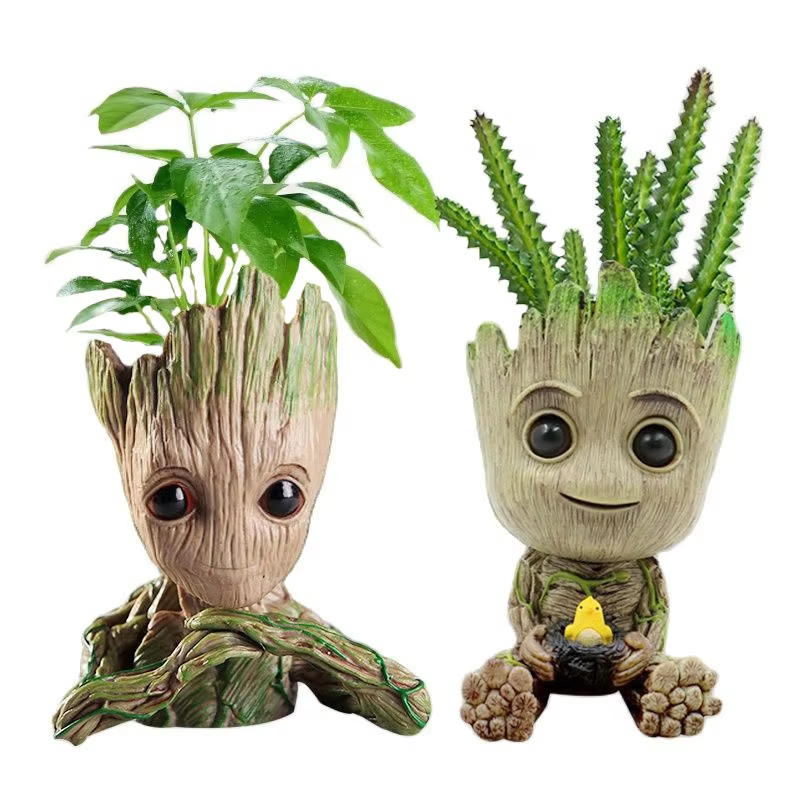
H2: Why Air-Purifying Houseplants are Essential for Your Home
Air-Purifying Houseplants: Nature’s Best Filters are essential for creating a healthy environment inside your home. With the presence of often invisible air pollution, air-purifying plants can be a natural solution for clearing harmful substances from the air. These plants absorb chemicals like formaldehyde, benzene, and trichloroethylene often found in household items.
Not only do Air-Purifying Houseplants: Nature’s Best Filters improve air quality, but they also add moisture to the air, which can help reduce skin irritation and respiratory issues. By adding air-purifying plants to your home, you can create a fresher, more comfortable atmosphere.
Additionally, indoor plants that purify the air are beneficial in various areas of your home, not just the living room but also in bedrooms and kitchens. These plants naturally filter the air and improve your respiratory health.
H2: Best Air-Purifying Houseplants for Your Home
Air-Purifying Houseplants: Nature’s Best Filters offer a variety of options to choose from, based on your needs. Some of the best air-purifying plants include Spider Plant, Peace Lily, Snake Plant, Aloe Vera, and English Ivy. Each of these plants has unique abilities to filter pollutants and improve air quality.
For optimal results, make sure to place these plants in the right spots. For example, the Snake Plant is ideal for rooms with low light, while the Peace Lily does better in brighter spaces. These plants fall under the category of indoor plants that clean the air low light, making them suitable for areas with limited natural light.
If you’re looking for indoor plants that purify the air in Singapore, there are many options that thrive in tropical climates. Plants like Peace Lily and Snake Plant are easily available and easy to care for.
H2: How Air-Purifying Plants Improve Indoor Air Quality
Air-Purifying Houseplants: Nature’s Best Filters help improve indoor air quality naturally. These plants filter harmful chemicals through photosynthesis, where they convert carbon dioxide into oxygen. Additionally, plants absorb pollutants like formaldehyde and benzene present in the air.
This process ensures that the air around the plants becomes cleaner and fresher while lowering the risks of respiratory issues and allergies. By adding Air-Purifying Houseplants: Nature’s Best Filters to your home, you not only improve air quality but also create a healthier and more comfortable environment for your family. These plants are ideal to serve as a natural air purifier in your home.
H2: Air-Purifying Houseplants: Nature’s Best Filters for Every Room
Air-Purifying Houseplants: Nature’s Best Filters are suitable for placement in various rooms of your home. In the living room, plants like Peace Lily and Spider Plant can bring a touch of greenery while also purifying the air. Meanwhile, in the bedroom, plants like Snake Plant and Aloe Vera can enhance air quality and offer comfort during sleep.
If you have pets, be sure to choose indoor plants that clean the air and are safe for cats, such as the Spider Plant and Areca Palm. These plants are non-toxic to cats and also contribute to improving air quality in your home.
Choosing the right plant for each room is important to maximize its benefits. By placing air-purifying plants in appropriate spots, you can enjoy clean and fresh air all day long.
H2: Conclusion
Air-Purifying Houseplants: Nature’s Best Filters are the best choice for improving the air quality in your home. With so many plants that act as air purifiers, you can create a healthier, fresher space. These plants not only beautify your home but also provide health benefits that shouldn’t be overlooked.
For those interested in NASA’s top 10 air purifying plants, plants like Peace Lily and Snake Plant are included in NASA’s recommended list for air filtration. Adding these plants to your home can help create cleaner, fresher air.
FAQ: Frequently Asked Questions
Q1: How do air-purifying houseplants work?
A1: Air-purifying houseplants work by absorbing pollutants through their leaves and roots, then processing them through photosynthesis to release clean oxygen.
Q2: What are the top air-purifying plants for a home?
A2: Some of the best air-purifying plants include Spider Plants, Peace Lilies, Snake Plants, Aloe Vera, and English Ivy, which can help filter harmful chemicals and toxins in your home.
Q3: Can I keep air-purifying plants in my bedroom?
A3: Yes! Many air-purifying plants, such as the Snake Plant and Peace Lily, thrive in low light and help improve air quality, making them perfect for the bedroom.
Q4: How often should I water air-purifying plants?
A4: The watering needs vary depending on the plant. Generally, these plants require watering every 1-2 weeks, but always check the soil moisture to avoid overwatering.
Q5: What are the best succulents for air purification?
A5: Some of the best succulents for air purification include Aloe Vera, Jade Plant, and Echeveria. These succulents help purify the air while adding a decorative touch to your home.

